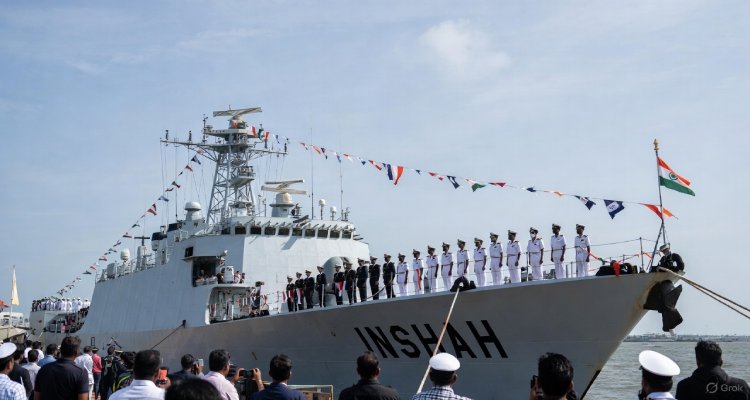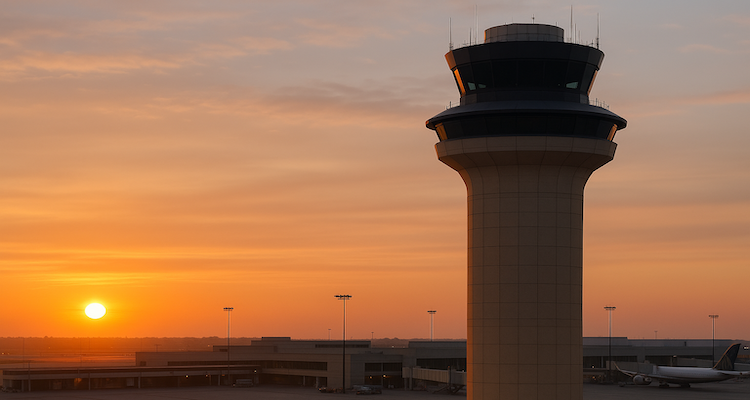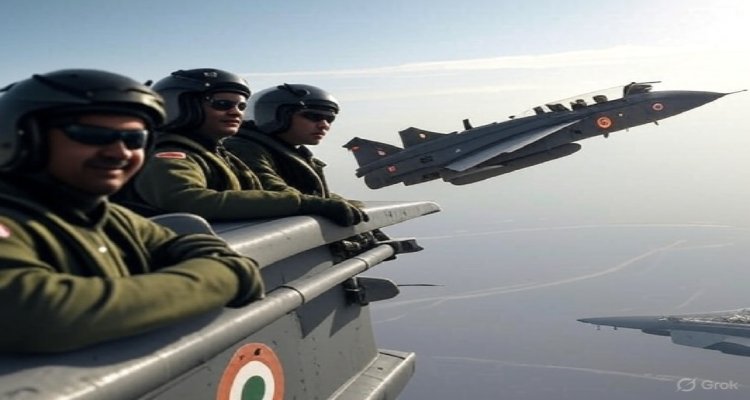Govt to Purchase 97 LCA Tejas Mk1A Jets from HAL
India signs a ₹62,370 crore deal with HAL to procure 97 LCA Tejas Mk1A jets, boosting self-reliance, aerospace jobs, and IAF modernization.
Introduction
In a landmark move to strengthen India’s airpower and accelerate self-reliance in defense manufacturing, the Ministry of Defence has signed a contract with Hindustan Aeronautics Limited (HAL) for the procurement of 97 Light Combat Aircraft (LCA) Tejas Mk1A jets, worth ₹62,370 crore. The deal, finalized on September 25, marks the largest indigenous fighter aircraft order in Indian history and represents a significant step toward phasing out the Indian Air Force’s aging MiG-21 fleet.
Context & Background
The LCA Tejas program symbolizes India’s decades-long pursuit of self-reliance in aerospace technology. Developed by the Aeronautical Development Agency (ADA) and produced by HAL, the Tejas is the country’s first indigenously designed and developed multi-role fighter jet.
This new deal follows an earlier ₹48,000 crore contract signed in 2021 for 83 Tejas Mk1A aircraft. Together, the two orders will make Tejas one of the most widely deployed aircraft in the Indian Air Force (IAF). The latest contract includes 68 single-seat fighters and 29 twin-seater trainer variants, with deliveries set to begin in 2027–28 and conclude over six years.
Main Developments
Key Features of the LCA Tejas Mk1A
The Mk1A variant is the most advanced iteration of the Tejas. Designed as a 4.5-generation, lightweight, multi-role combat aircraft, it comes equipped with:
- AESA Radar for superior detection and targeting.
- Electronic warfare suite with radar warning and self-protection jamming.
- Digital Map Generator and Smart Multi-function Displays (SMFDs).
- Advanced composites that reduce radar signature and enhance durability.
- Supersonic agility with a delta-wing design suitable for both air combat and strike missions.
Currently powered by the GE F404 engine, the Mk1A will pave the way for the LCA Mk2, which is expected to feature the more powerful GE F414 engine manufactured in India under an 80% Transfer of Technology arrangement.
Economic and Industrial Boost
The project will significantly stimulate India’s aerospace ecosystem. With 105 Indian companies in the supply chain, the program is expected to generate nearly 11,750 direct and indirect jobs annually for six years. Beyond employment, it ensures robust growth for ancillary industries, including avionics, composites, and precision engineering.
Expert Insight & Public Reaction
Defense analysts view this contract as a crucial milestone. Retired Air Marshal Anil Chopra, Director General of the Centre for Air Power Studies, has often emphasized that “the Tejas program is not merely about aircraft—it is about building an ecosystem that secures India’s aerospace future.”
Public sentiment has been largely positive, with many hailing the decision as a boost for the ‘Make in India’ and ‘Atmanirbhar Bharat’ initiatives. On defense forums and social platforms, aviation enthusiasts highlight the Tejas as a “game changer” that proves India can design and manufacture world-class fighter jets.
Impact & Implications
For the Indian Air Force
The new fleet will replace the aging MiG-21s, enhancing operational readiness and safety. With two large contracts already in place, Tejas is poised to become the backbone of the IAF in the coming decades.
For HAL and Indian Industry
The deal consolidates HAL’s role as the cornerstone of India’s defense aviation sector. Its expanded production lines and partnerships with over 100 Indian suppliers underline the country’s growing capacity to compete in global aerospace manufacturing.
For India’s Strategic Autonomy
By relying on domestically designed aircraft, India reduces its dependence on foreign suppliers while strengthening its strategic position in a volatile geopolitical environment. The Tejas program also opens doors for defense exports, with countries in Southeast Asia, the Middle East, and Africa showing interest.
Conclusion
The procurement of 97 LCA Tejas Mk1A jets is more than just a defense contract—it is a defining moment for India’s journey toward aerospace self-reliance. With deliveries set to start in 2027, the IAF will not only modernize its fleet but also secure an aircraft that embodies decades of indigenous research, engineering, and innovation.
The Tejas program, once seen as an ambitious experiment, now stands as a testament to India’s determination to achieve technological sovereignty. In the years ahead, as Tejas squadrons take to the skies, they will symbolize not just national defense but also national pride.
Disclaimer :This article is intended for informational and educational purposes. All details are based on official announcements and publicly available information.











